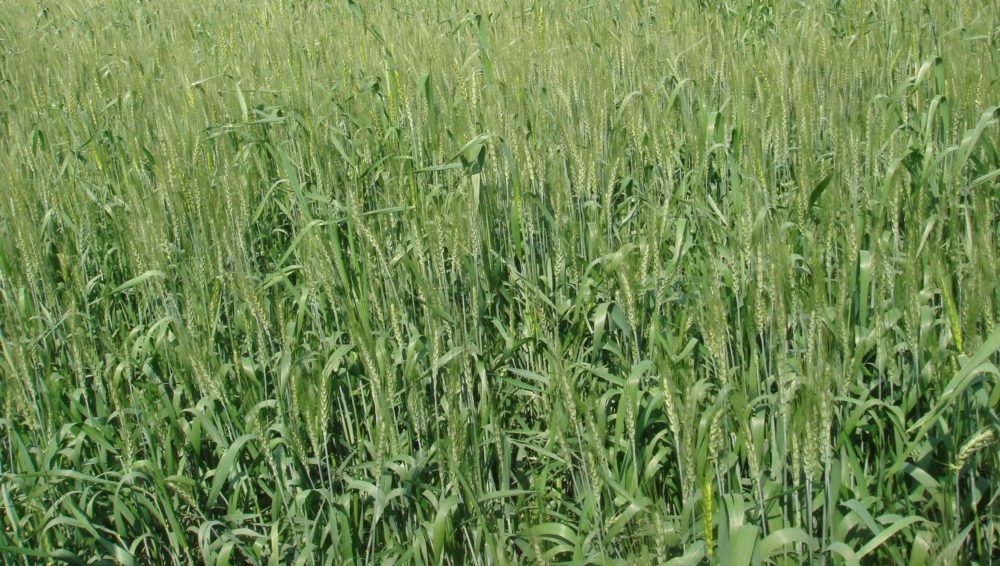By Neena Bhandari
Sydney, 24.06.2021 (SciDev.Net): Tropospheric and surface ozone pollution pose significant threats to global crop production and food security, but farmers are largely unaware of its impact on agriculture and damage to ecosystems, say scientists.
According to scientists, ozone, as an air pollutant, is highly oxidising and damages plant tissues. But because it is an invisible, odourless gas that often co-occurs with other stresses, such as heat stress, farmers do not directly experience it.
Baerbel Sinha, head of the Department of Earth and Environmental Sciences at the Indian Institute of Science Education and Research, in Mohali, India, says: “If one wants to look at where ozone is possibly disturbing the economics on a large scale, and where one may also be able to educate farmers better, it would be the legumes — soybean, chickpeas and beans in general are very ozone sensitive, their prices are not regulated and they display visible ozone damage on the leaf.”
Continue Reading on SciDev.Net
© Copyright Neena Bhandari. All rights reserved. Republication, copying or using information from neenabhandari.com content is expressly prohibited without the permission of the writer and the media outlet syndicating or publishing the article.

